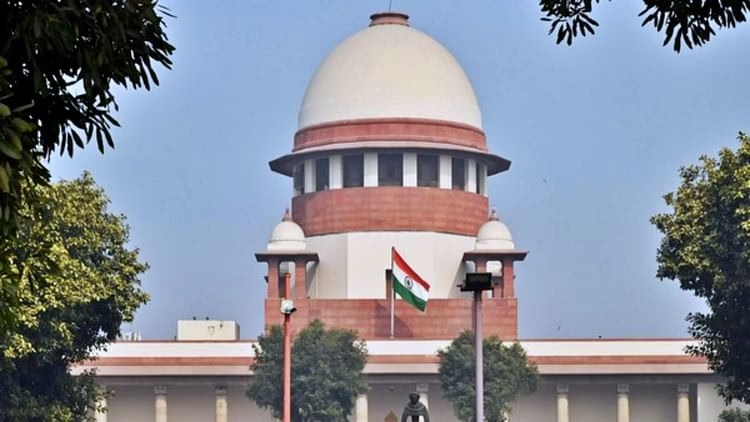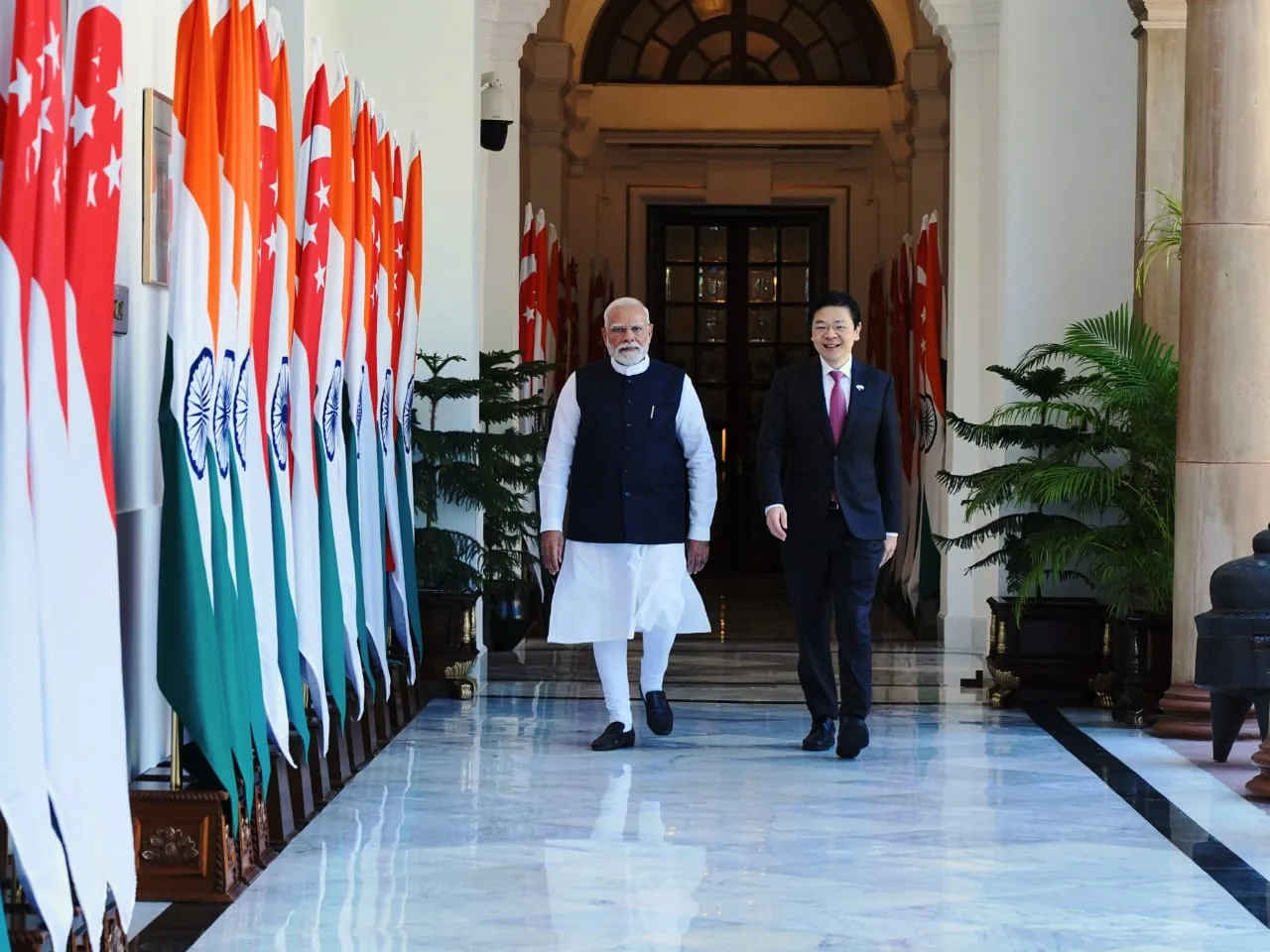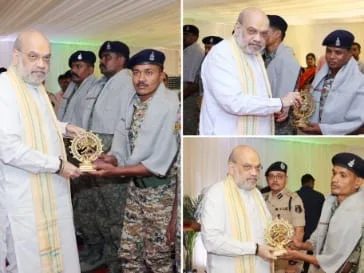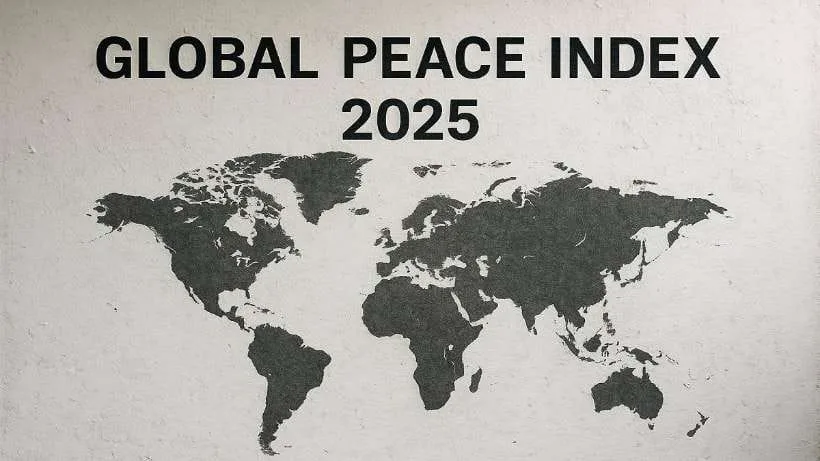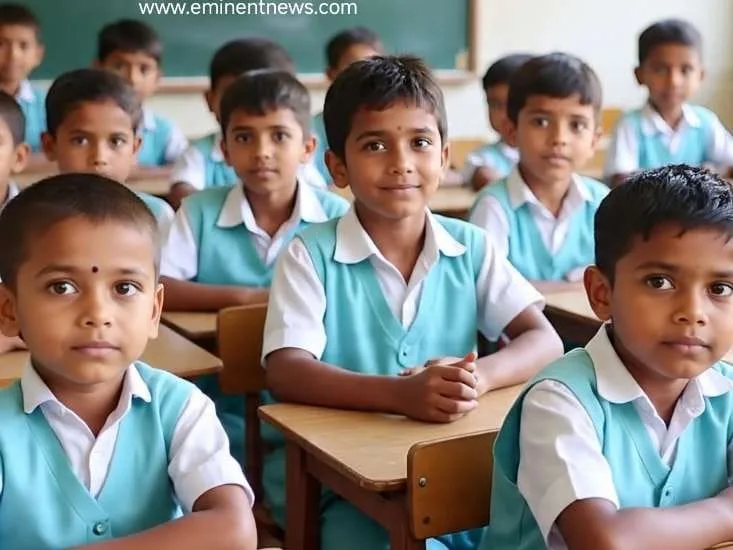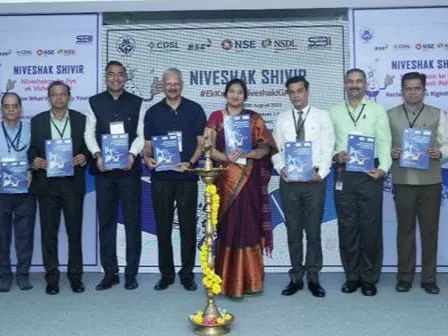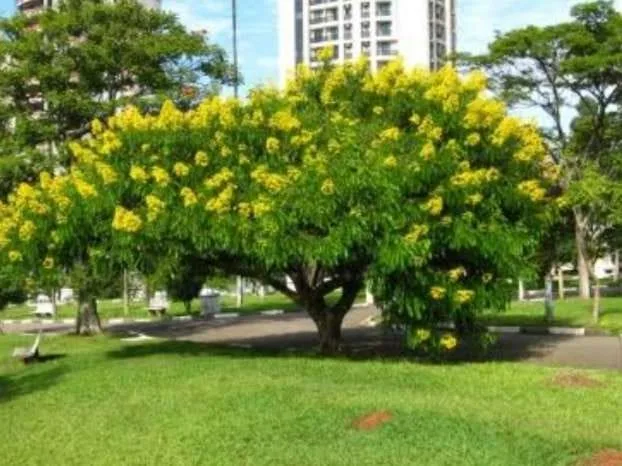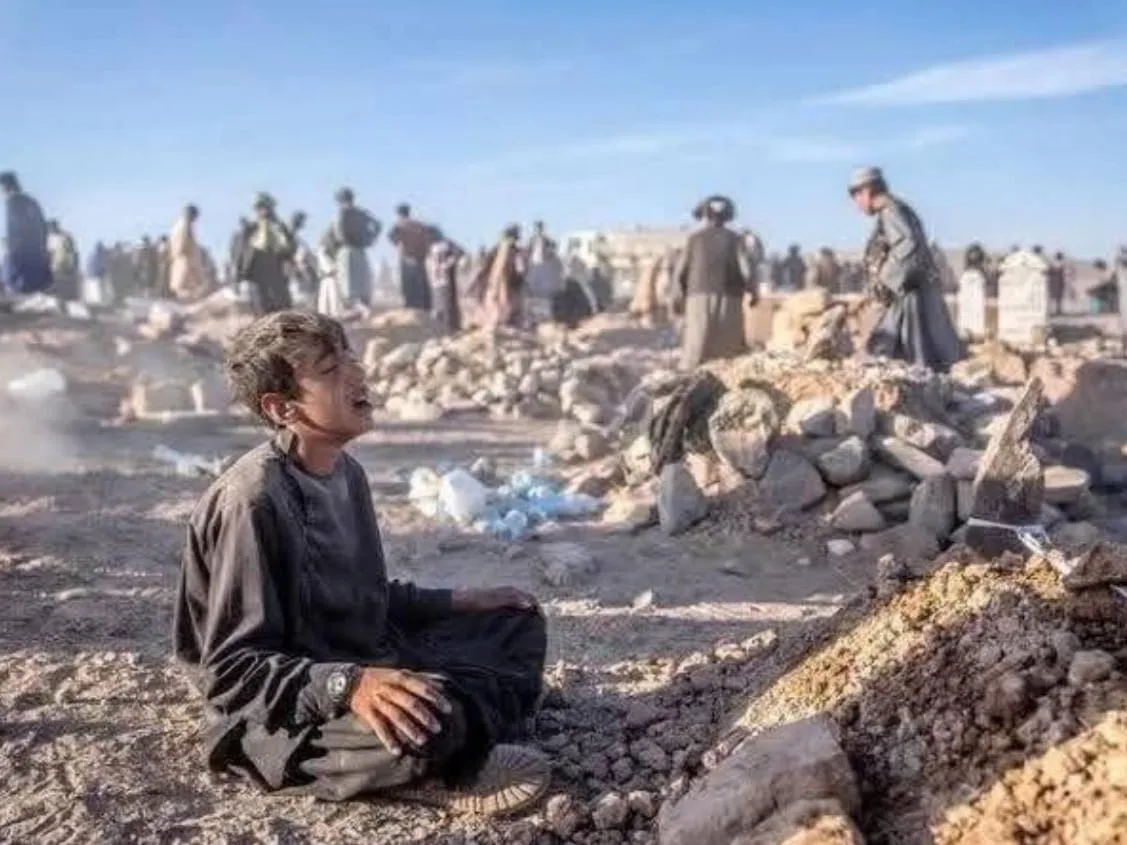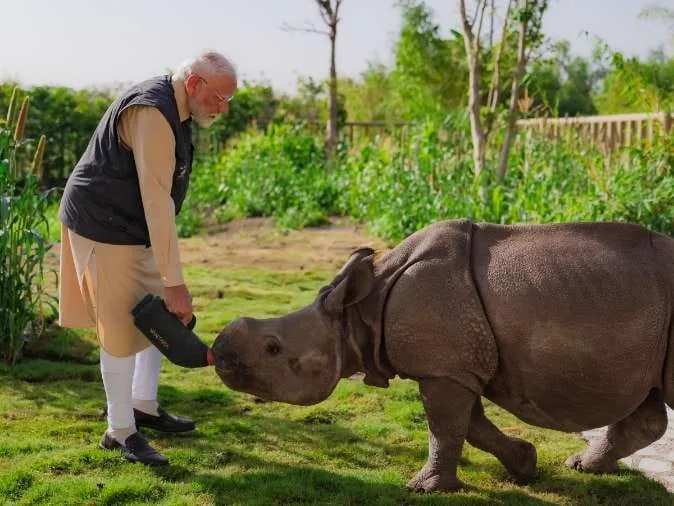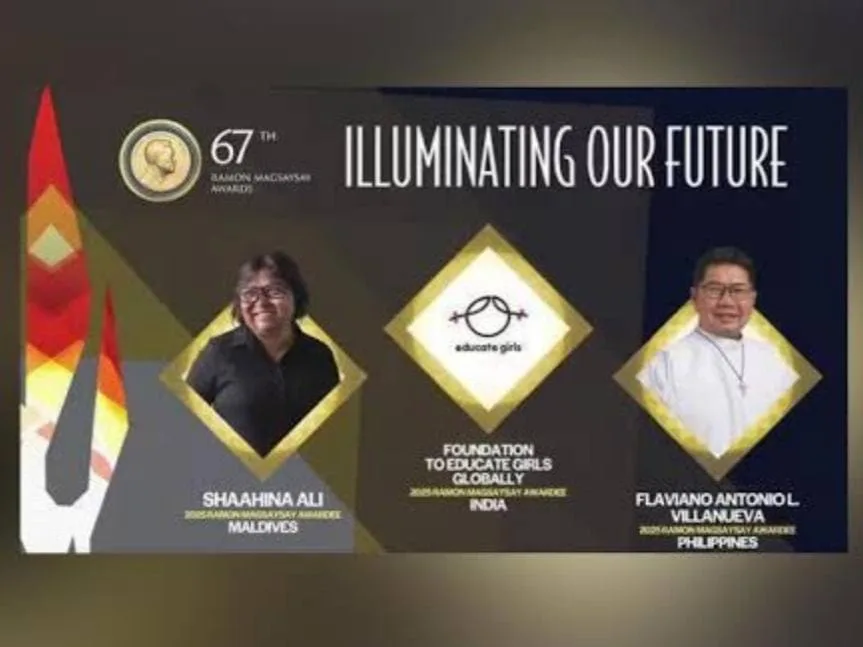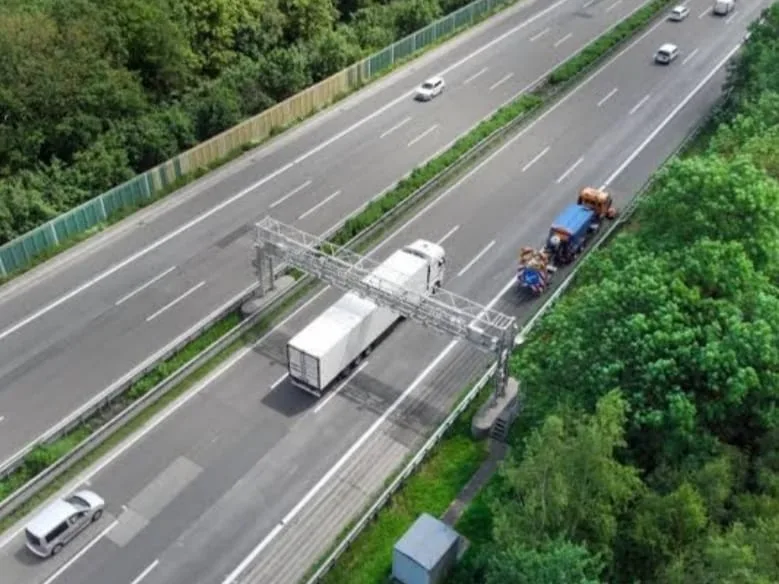The Government of India employs various methods to advance the welfare of Scheduled Castes (SC) and Scheduled Tribes (ST)…
Advancing the welfare of Scheduled Castes (SC) and Scheduled Tribes (ST) in India is a significant focus, with various initiatives and policies in place. The Union Minister for Social Justice and Empowerment and the Union Minister for Tribal Affairs co-chair meetings focused on this area . These efforts aim to empower these communities and advance their welfare ..
- Implementation of laws like the Protection of Civil Rights (PCR) Act, 1955, and the Scheduled Castes and Scheduled Tribes (Prevention of Atrocities) Act, 1989, to curb untouchability offenses and atrocities . Amendments to these acts, such as the 2015 amendment to the Prevention of Atrocities Act, have expanded the definition of atrocities to include sexual offenses against SC/ST women .
- Utilization of constitutional articles such as Article 46, which directs the state to promote the educational and economic interests of SCs, and Article 338, which established the National Commission for Scheduled Castes to safeguard SC rights .
- Implementation of special schemes aimed at empowering marginalized communities.
- These include:
- Post Matric Scholarship for Scheduled Caste Students (PMS-SC), a major intervention for educational empowerment .
- National Overseas Scholarship for ST Students .
- Schemes promoting financial inclusion through zero-balance accounts, microloans, and procurement quotas for SC/ST-owned businesses in government tenders .
- The Stand Up India Scheme for SC/ST and women entrepreneurs .
- The Scheduled Caste and Tribal Sub Plans designed to channel funds and benefits for the development of SCs and STs in proportion to their population .
- Establishment of bodies like the National Commission for Scheduled Castes and Scheduled Tribes and SC/ST Welfare Committees in institutions to ensure equality and provide support and counseling to students from these communities .
- Programs for the rehabilitation of specific vulnerable groups such as Jogin women and bonded laborers .
- Providing house sites to weaker sections, with a specific percentage allocated for SC and ST families
- Expanding educational institutions like Eklavya Model Residential Schools (EMRS) in tribal areas .
- Programs like the Pradhan Mantri Dakshta aur Kushalta Sampaan Hitgrahi (PM-DAKSH) for skill training .
- Measures to strengthen legal and judicial mechanisms, improve reporting and monitoring of atrocities, and provide relief and rehabilitation to victims .
These methods collectively aim to address the economic vulnerability, social prejudices, and systemic challenges faced by SC and ST communities in India .for social issue click www.eminentnews.com



